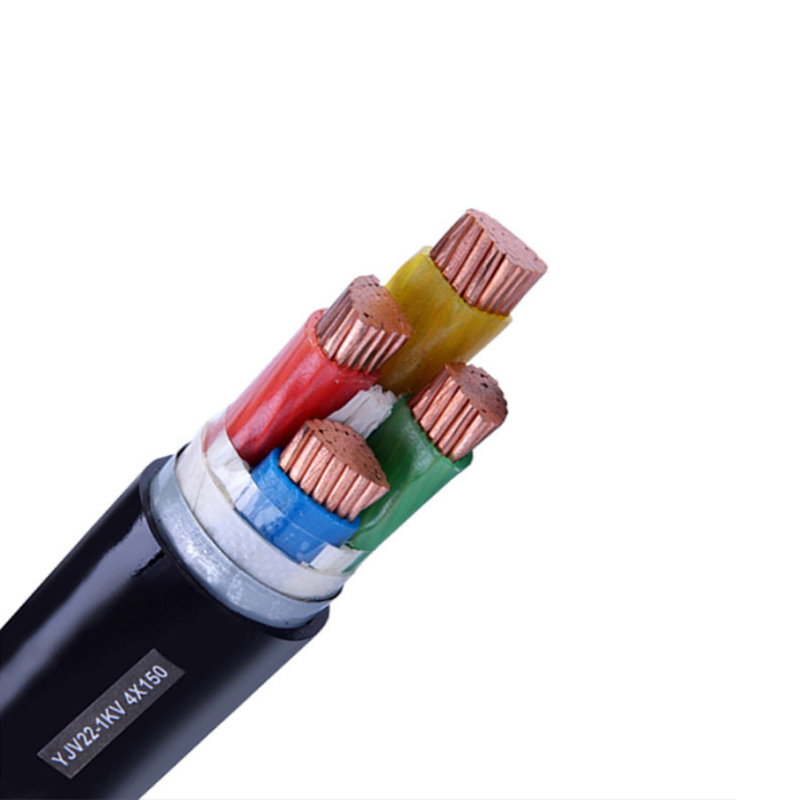In outdoor activities, especially when it comes to powering large equipment such as power tools, lighting systems or audio equipment, choosing the right outdoor extension lead (Outdoor Extension Lead With Plug) becomes crucial. These devices tend to have high power requirements, so understanding and correctly selecting outdoor extension leads with sufficient current carrying capacity is the key to ensuring safe and efficient power supply.
1. Analysis of the current carrying capacity of Outdoor Extension Lead With Plug
1. Rated current (Ampere Rating):
Each outdoor extension lead will be marked with its rated current, usually in amperes (A). This value indicates the maximum current that the extension lead can safely transmit. Exceeding this value, the extension lead may overheat and even cause a fire or electric shock risk.
2. Wire specifications:
The current carrying capacity of the extension lead is directly related to the thickness (cross-sectional area) of the wire inside it. Generally speaking, the thicker the wire, the lower its resistance and the greater the current it can carry. Therefore, when choosing extension cords to power large equipment, products with thicker wires should be given priority.
3. Insulation material and protection level:
In addition to current carrying capacity, the insulation material and protection level of extension cords are also important factors in evaluating their safety. High-quality insulation materials can effectively prevent current leakage and short circuits, while extension cords with high protection levels can better resist the erosion of harsh outdoor environments (such as moisture, dust, etc.).
2. What should be paid attention to when powering large outdoor equipment?
1. Accurately calculate power requirements:
Before selecting an extension cord for a large outdoor device, you first need to accurately calculate the power requirements of the device. This includes the rated power, operating current, and possible peak current of the device. Make sure that the rated current of the selected extension cord at least matches the maximum operating current of the device, and leave a certain safety margin.
2. Choose the right plug and socket:
Make sure that the plug of the extension cord matches the socket type of the device, and the plug should be firmly inserted into the socket to avoid heating or sparks caused by poor contact. At the same time, check whether the rated current and voltage of the socket are consistent with the requirements of the device.
3. Regular inspection and maintenance:
During outdoor use, the appearance of the extension cord should be regularly checked for damage, aging or deformation. Avoid using damaged extension cords to avoid safety accidents. In addition, keep the extension cord clean and avoid contact with sharp objects or excessive bending.
4. Reasonable wiring and fixing:
When laying out the extension cord, try to avoid laying it in places where pedestrians frequently pass or areas that are easily stepped on. Use appropriate fixing devices (such as hooks and clips) to fix the extension cord to prevent it from moving or being damaged by wind or animal activities.
5. Pay attention to weather and environmental factors:
Under severe weather conditions (such as heavy rain, strong winds, etc.), try to avoid using outdoor extension cords or take additional waterproof and windproof measures. At the same time, be careful to avoid the extension cord from contacting wet ground or waterlogged areas to prevent leakage.
 Abroad:[email protected]
Domestic:[email protected]
Abroad:[email protected]
Domestic:[email protected]
 Abroad: +86-18157471290
Domestic: +86-18157471293
Abroad: +86-18157471290
Domestic: +86-18157471293
- Home
- Products
- Industrial connectors
- Waterproof housings
- Power distribution box sets
- ABS electrical accessories
- Cables
- Moulds
- Power Distribution Board/Box
- Extension Lead with Plug
- AS/NZS Waterproof Electrical Products
- C Series IEC/CEE Waterproof Electrical Products
- B Series IEC/CEE Waterproof Electrical Products
- Waterproof Window Cover
- Waterproof Plastic/Metal/Aluminum Box
- House Use Electrical Items
- About Us
- FAQ
- News
- Contact Us

